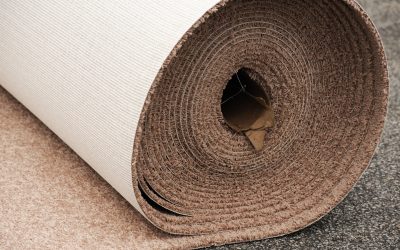As homeowners across the United States search for ways to reduce their energy bills and create more comfortable living environments, one often-overlooked area is the efficiency of their heating, ventilation, and air conditioning (HVAC) systems. While many focus on upgrading thermostats or replacing aging units, the ductwork that distributes conditioned air throughout the home plays a critical role in overall system performance. When people search for solutions to improve HVAC efficiency, many discover that Insulated Metal Hvac Ductwork stands out as a reliable option for enhancing energy savings and comfort.
How Insulated Metal Ductwork Enhances Energy Efficiency
Reducing Thermal Loss
One of the main reasons insulated metal ductwork is so effective is its ability to minimize heat transfer. Uninsulated ducts can lose a significant amount of energy as air travels from the HVAC unit to different rooms. In winter, heated air may cool before reaching its destination, while in summer, cooled air can warm up. Insulation acts as a barrier, helping to maintain the desired temperature of the air inside the ducts. This means less energy is needed to keep homes comfortable, which translates directly into lower utility bills.
Preventing Air Leakage
Metal ductwork, especially when properly installed and sealed, is less prone to leaks compared to flexible or fiberglass alternatives. Air leaks force HVAC systems to work harder, wasting energy and reducing system lifespan. Insulated metal ducts add an extra layer of protection, ensuring that conditioned air reaches intended rooms with minimal loss. This not only improves efficiency but also promotes consistent indoor temperatures.
Condensation Control
In humid climates or during cooling seasons, condensation can form on the exterior of uninsulated ducts. This moisture can lead to mold growth, structural damage, and reduced air quality. Insulated metal ductwork prevents condensation by maintaining surface temperatures above the dew point, protecting both the ducts and the home’s structure. This results in a healthier indoor environment and fewer costly repairs over time.
Additional Benefits for American Homes
Beyond energy efficiency, insulated metal ductwork offers several advantages that appeal to American homeowners:
- Durability: Metal ducts are resistant to crushing, tearing, and pest intrusion, providing long-lasting performance.
- Improved Air Quality: Metal does not harbor dust or mold as easily as other materials, contributing to cleaner indoor air.
- Fire Safety: Metal ductwork is non-combustible, offering an added layer of protection in case of fire.
- Noise Reduction: Insulation dampens the sound of air moving through the ducts, resulting in quieter operation.
Making the Switch: What Homeowners Should Consider
For those considering upgrading to insulated metal ductwork, it is important to consult with a qualified HVAC professional. Proper sizing, installation, and sealing are essential to maximizing energy savings and system longevity. Additionally, homeowners should ensure that insulation meets local building codes and energy standards.
Key Takeaways
Insulated metal ductwork substantially improves energy efficiency in American homes by reducing thermal loss, preventing air leakage, and controlling condensation. These benefits lead to lower energy bills, enhanced comfort, and improved indoor air quality. Coupled with its durability and safety features, insulated metal ductwork is a smart investment for homeowners aiming to create more energy-efficient and comfortable living spaces. By paying attention to the ductwork, homeowners can unlock greater performance from their HVAC systems and enjoy the rewards for years to come.


